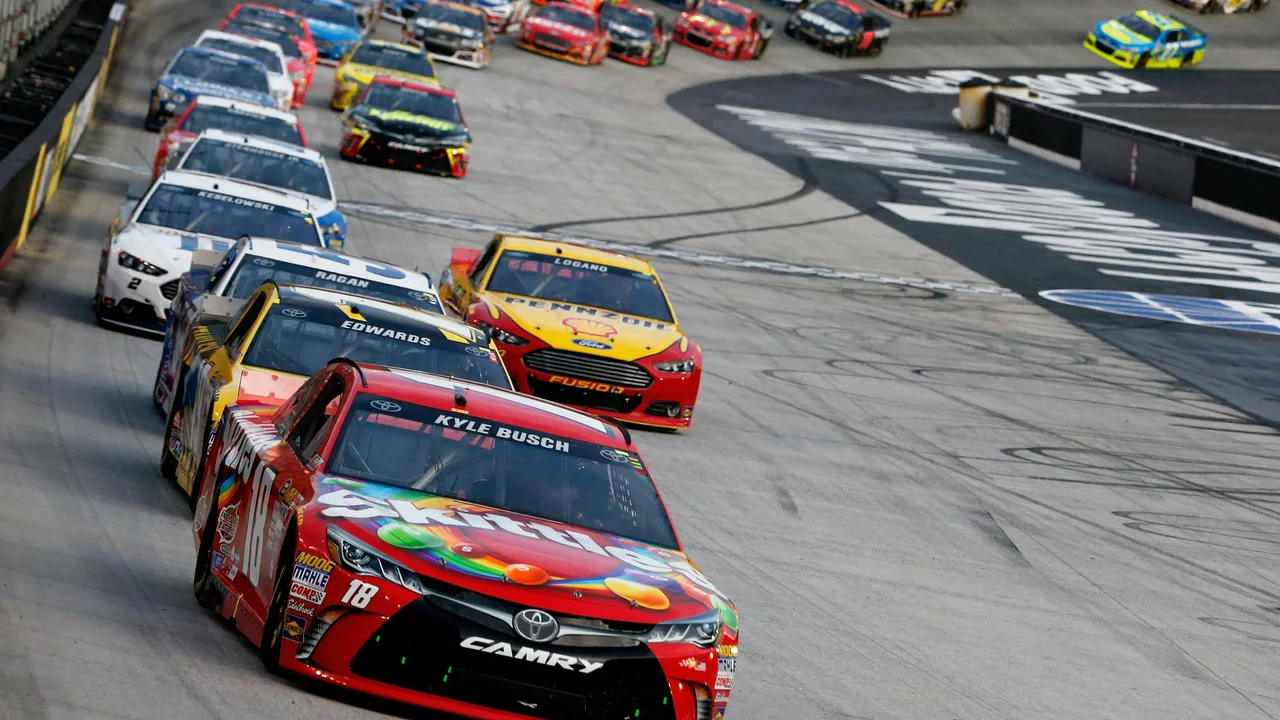In comparing NASCAR and F1 racing, there are several notable differences. NASCAR races primarily take place on oval tracks, whereas F1 courses are more intricate and varied. The cars themselves also vary greatly, with F1 cars being lighter, more aerodynamic, and designed for speed, while NASCAR vehicles are heavier and built for endurance. The strategies and skills required for each type of racing are also distinct, with F1 placing a greater emphasis on precision and technical driving, while NASCAR values drafting and overtaking. Finally, the two sports have different origins and fan bases, with NASCAR being predominantly popular in the US and F1 having a global following.
F1 Racing: What’s Happening on the Track Right Now?
If you love the roar of engines, the drama of pit stops and the chase for the championship, you’re in the right place. This page pulls together everything you need to know about the current F1 season, from race previews to driver breakdowns, all in plain English.
Latest Race Recaps and What They Mean
Every Grand Prix brings its own surprises. In the most recent race, the pole sitter kept the lead thanks to a flawless start, while the midfield battle was decided by tyre strategy. The winner’s team used the hard tyre for the final stint, gaining a few seconds per lap that added up to a solid gap. Meanwhile, a safety car on lap 30 shuffled the order, giving a lower‑ranked driver a chance to jump ahead. These moments show how strategy can be as important as raw speed.
Looking ahead, the next circuit favors high‑downforce cars. If you track the qualifying times, you’ll see the front‑row teams already testing low‑drag setups. Expect a couple of surprise podiums from drivers who excel on twisty tracks. Keep an eye on the practice sessions – they often hint at who will nail the race day rhythm.
Driver Focus: Who’s In Form?
One driver is currently turning heads with a streak of top‑five finishes. His consistency comes from a blend of precise braking points and a calm approach during pressure laps. Another rookie is making headlines by challenging the veterans in qualifying, proving that fresh talent can shake up the grid. If you enjoy stats, note that the rookie has improved his lap time by 0.15 seconds each race, a sign of rapid learning.
Team dynamics matter too. The leading outfit has been rotating engineers to keep ideas fresh, and the result is a noticeable jump in straight‑line speed. On the other side, a historic team is struggling with reliability; several retirements this season point to a need for better component testing.
For fans who love the human side of the sport, the drivers' social media feeds reveal a lot about their mindset. Some share behind‑the‑scenes footage of the garage, giving a glimpse of how they unwind after a tough race. Others post technical tidbits that help you understand why they choose a particular tyre compound.
Whether you’re a seasoned fan or just getting into F1, the key is to watch how each race fits into the championship puzzle. Points earned early on can create a cushion that lets teams experiment later, while a poor start often forces a more aggressive approach in the remaining rounds.
Stay tuned to Motorsport Insider UK for fresh updates, insider interviews and practical tips on how to enjoy every Grand Prix. We keep the jargon low, the facts straight, and the excitement high – just the way you like it.



